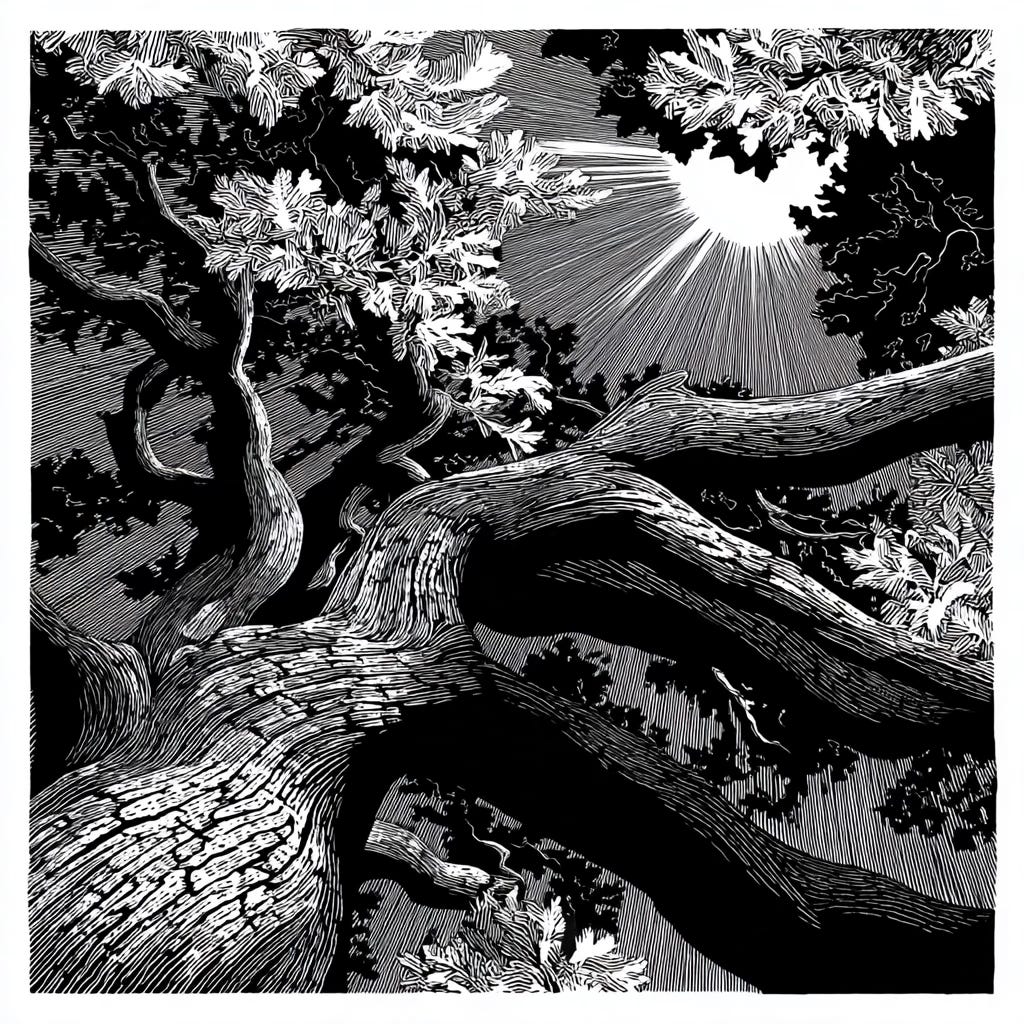How do we avoid clutching or condemning beauty and its pleasures? By cultivating the virtue of temperance with the spiritual practices of fasting, frugality, silence, etc.
As we work these practices of abstinence into our mind and muscle, Christ teaches us how to pursue the beautiful without being pained by it. And he goes even further than that. As André Comte-Sponville writes,
“Temperance is not about enjoying less but about enjoying better.”1
And this is what we so easily forget. When our desires are tempered, they’re free; and when they’re free, the pleasure is resurrected into something greater, something even more pleasurable, more pleasing, more fulfilling. This is a magnificent truth. Comte-Sponville continues,
“Pleasures are purer for being freer, more joyful for being mastered, more serene for being less needy.”2
Room to Reflect
In what areas do you feel most “needy,” and how might gentle self-mastery make your joy more serene?
What is one concrete way to pursue the beautiful without being pained by it — receiving it as gift rather than grasping?
When your desires are “tempered,” how does your experience of pleasure change — in quality, freedom, and gratitude?
Comte-Sponville, André. A Small Treatise on the Great Virtues: The Uses of Philosophy in Everyday Life (United Kingdom: Henry Holt and Company, 2002), 34 .
ibid.



Please tell us about the artwork associated with your posts.